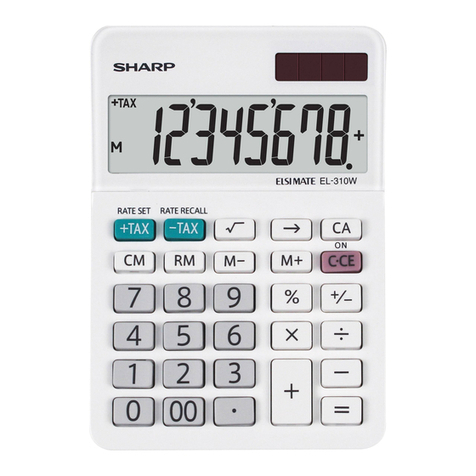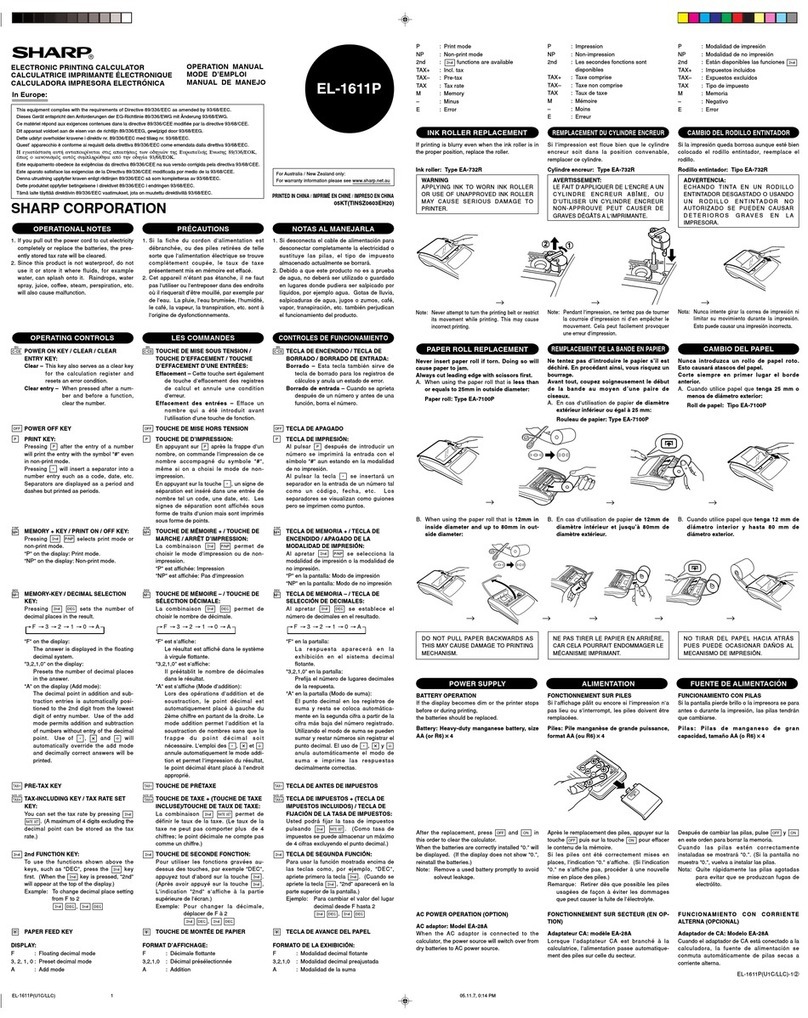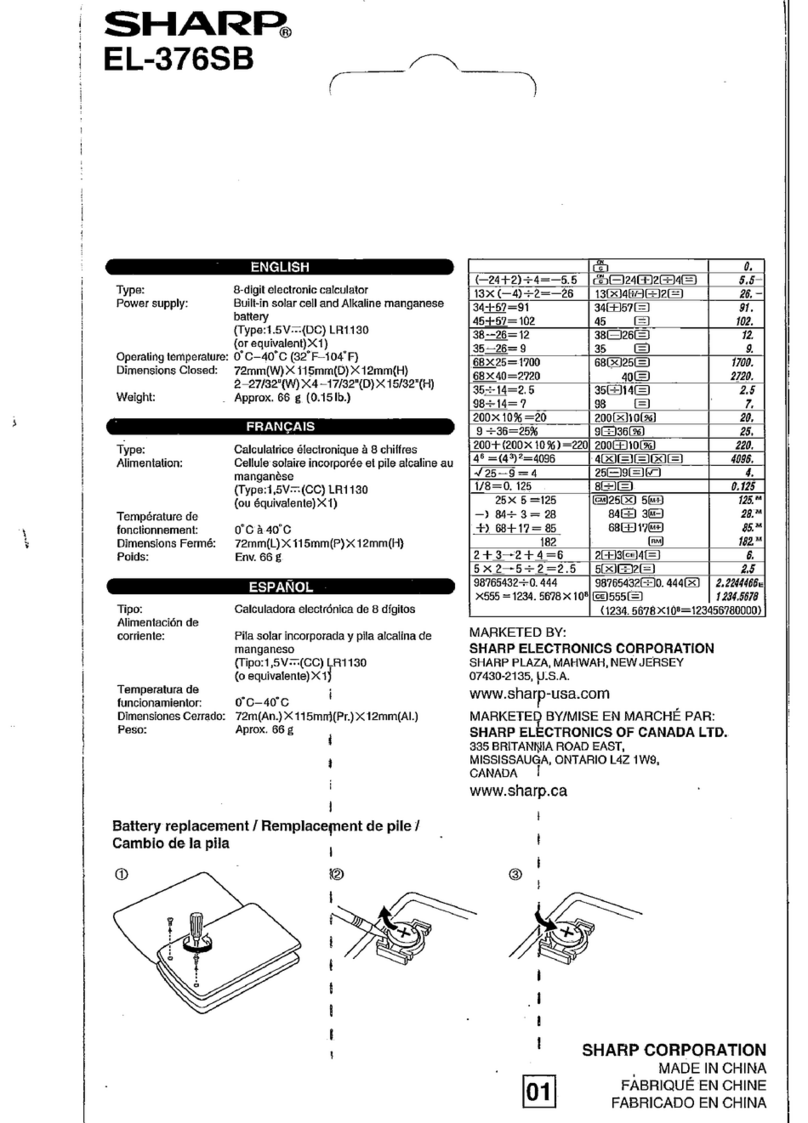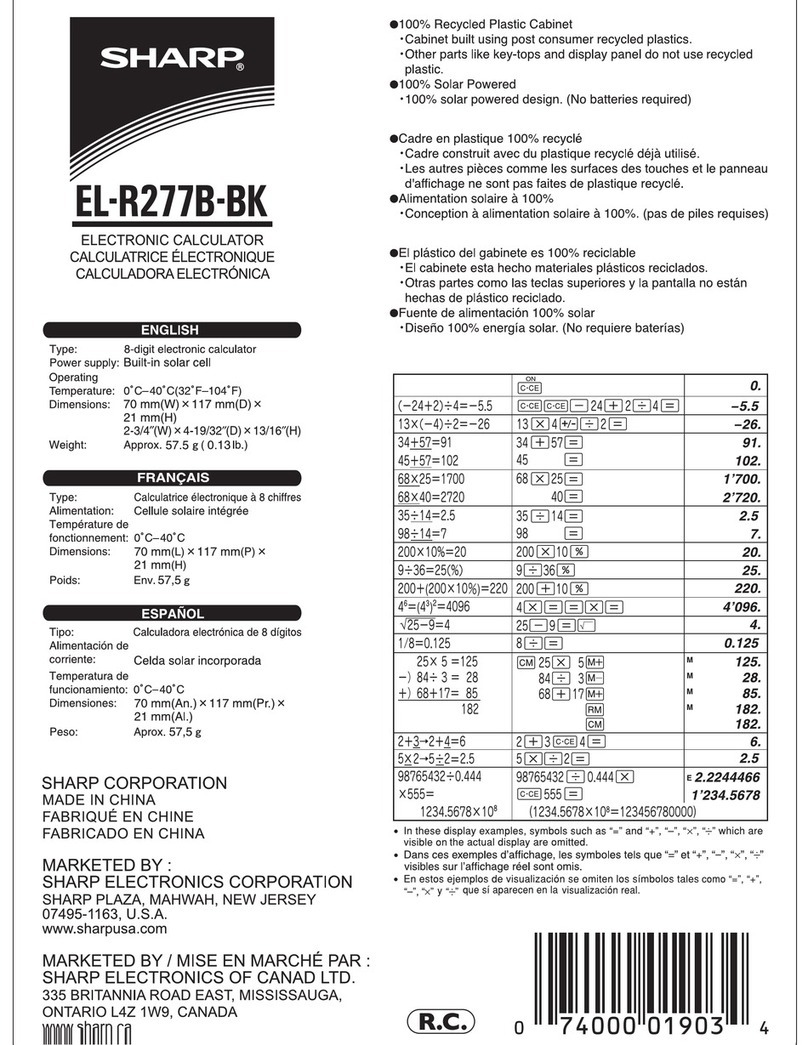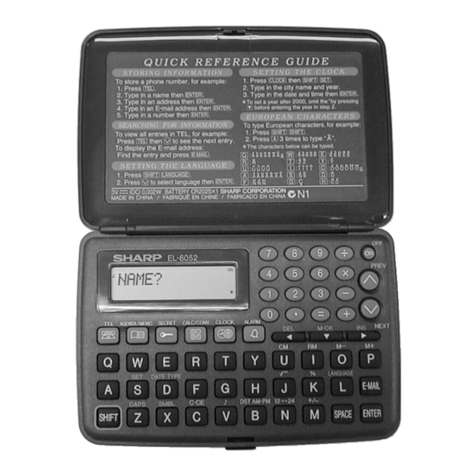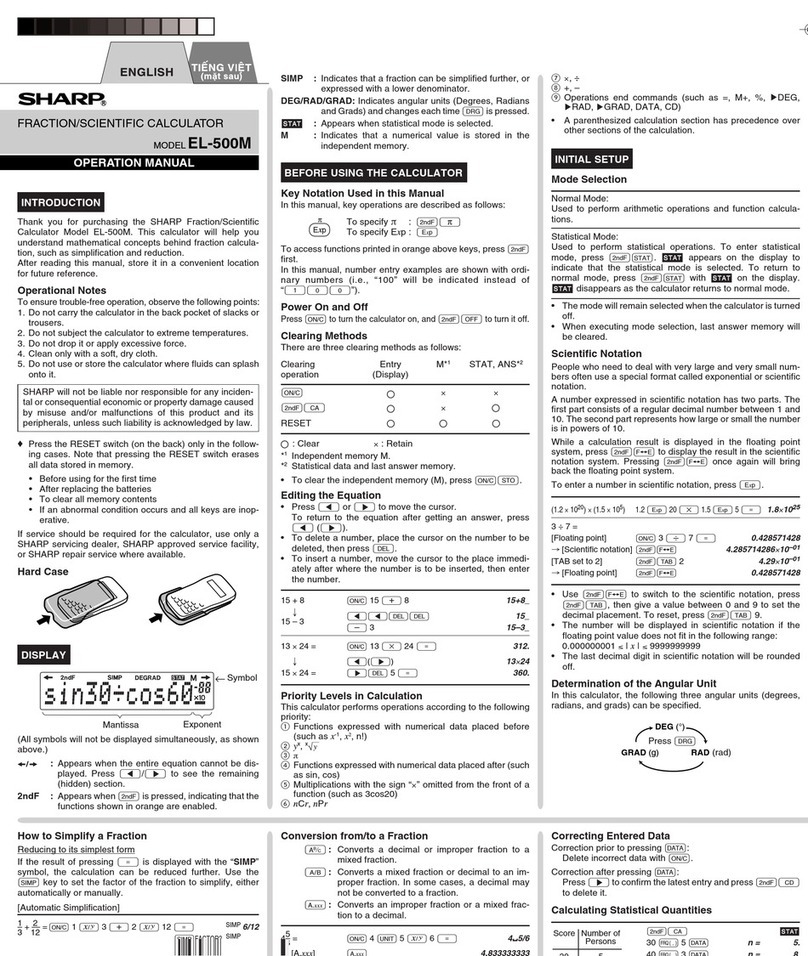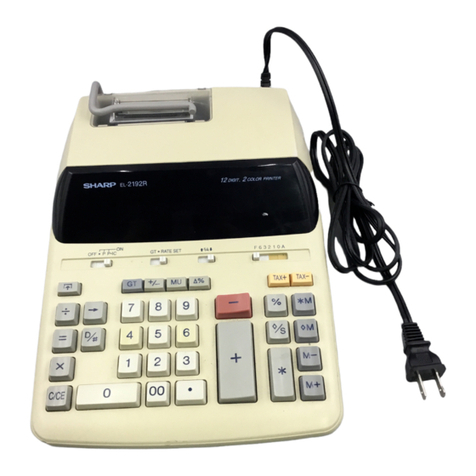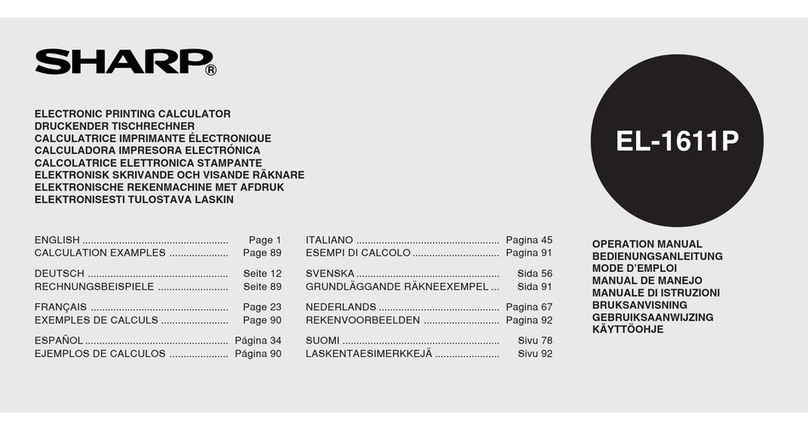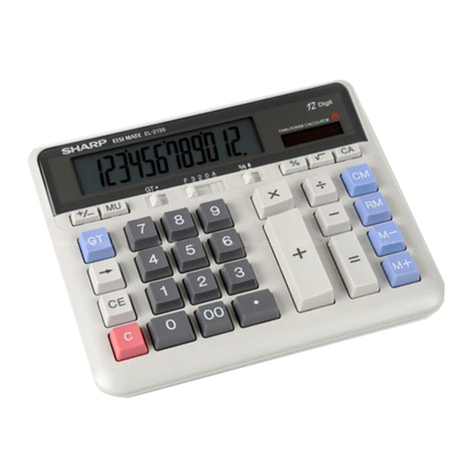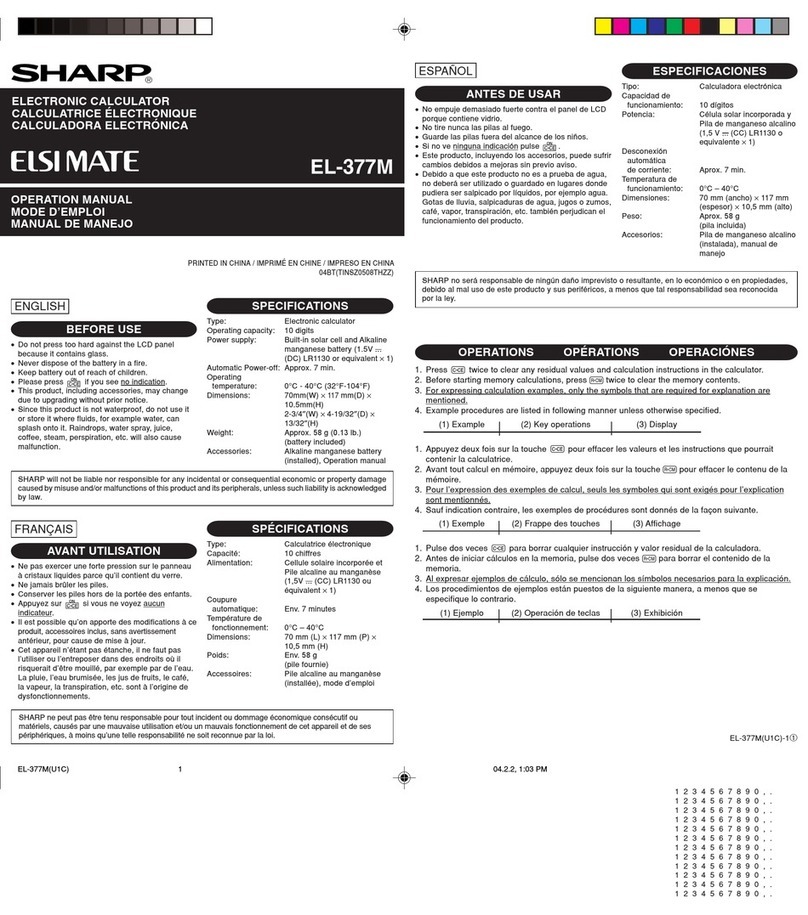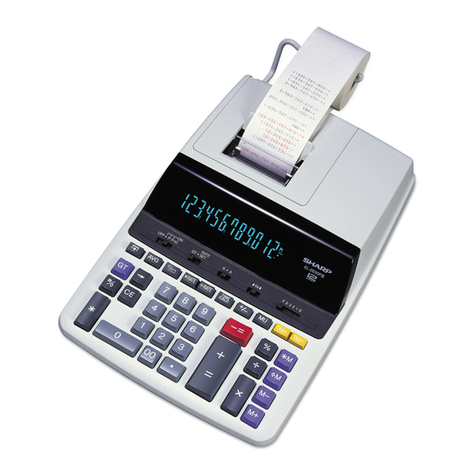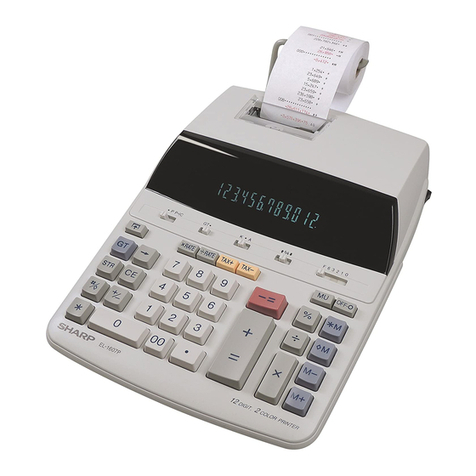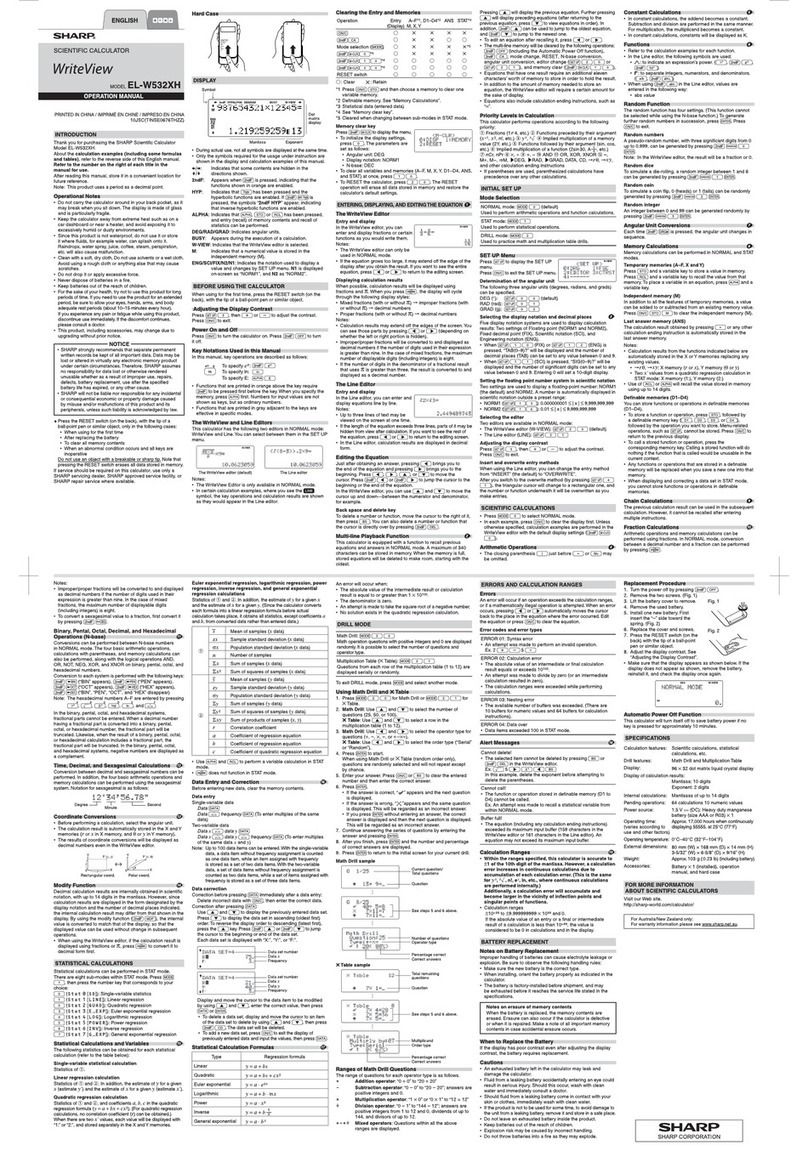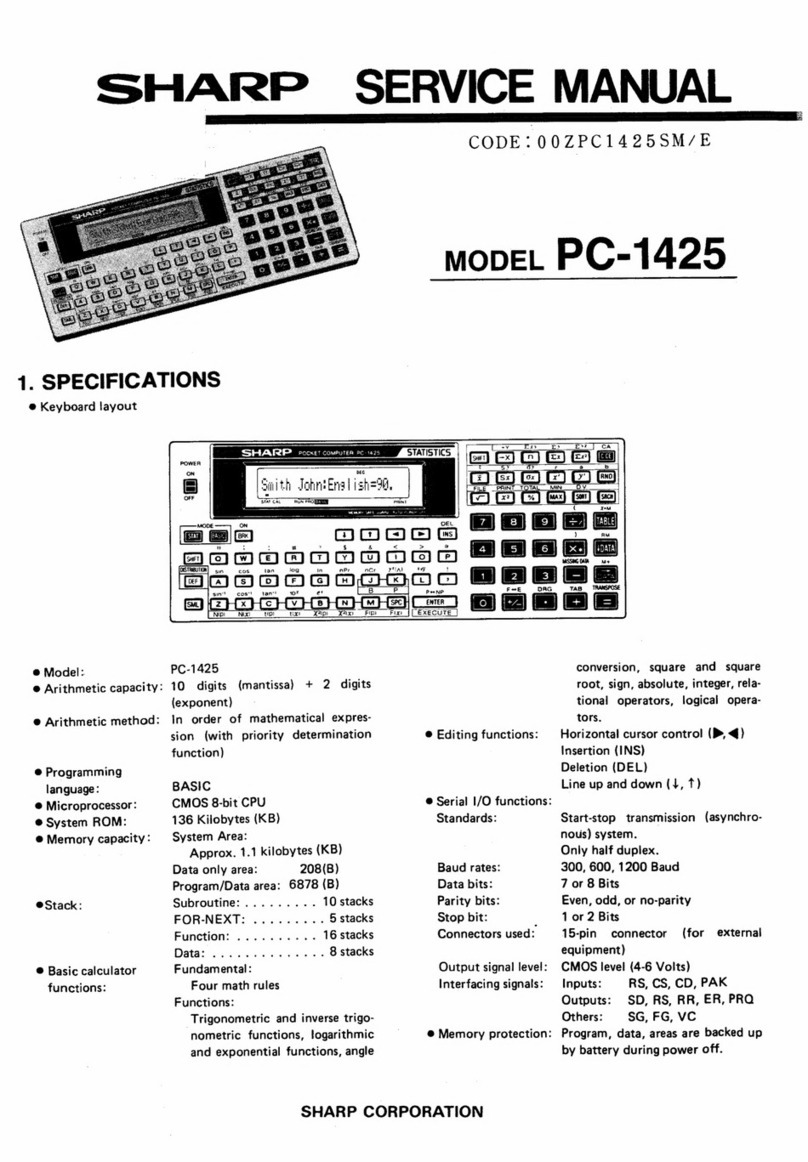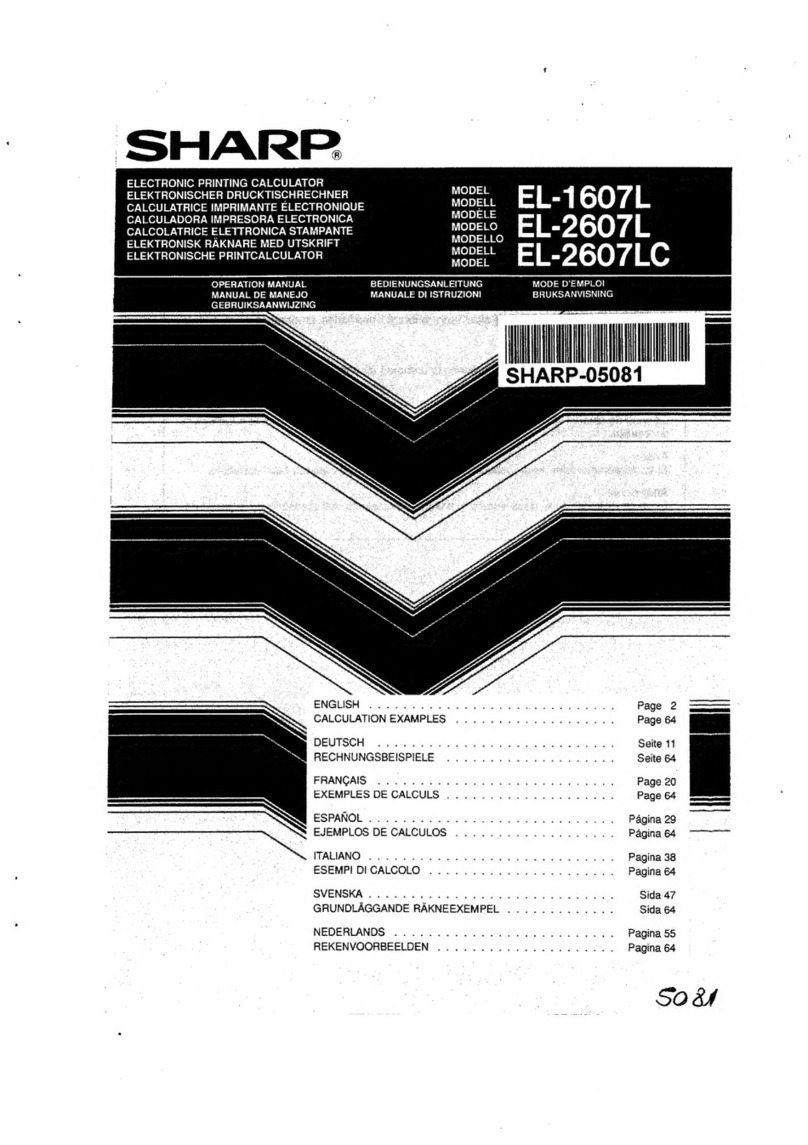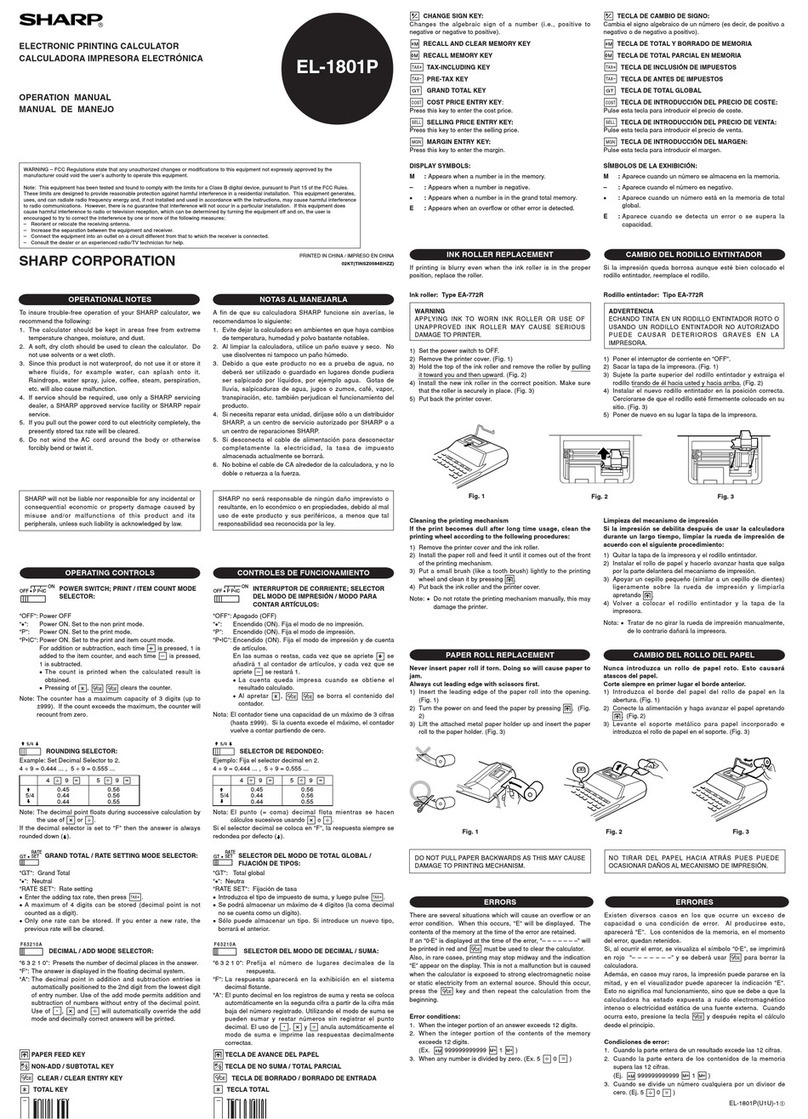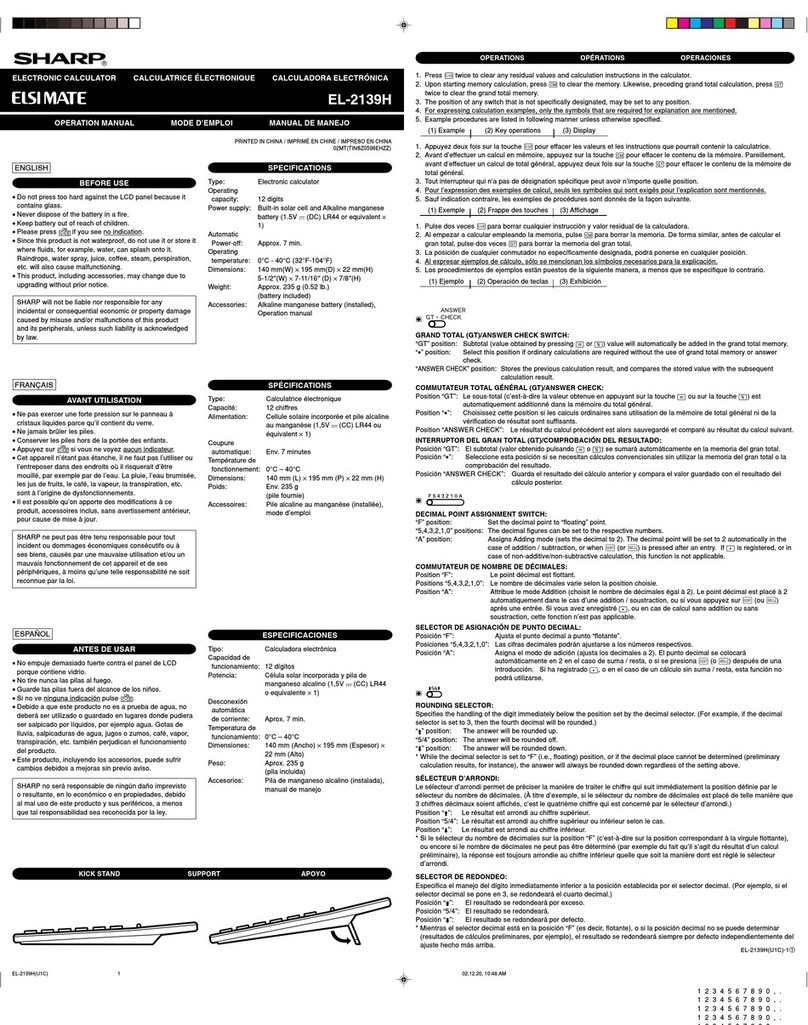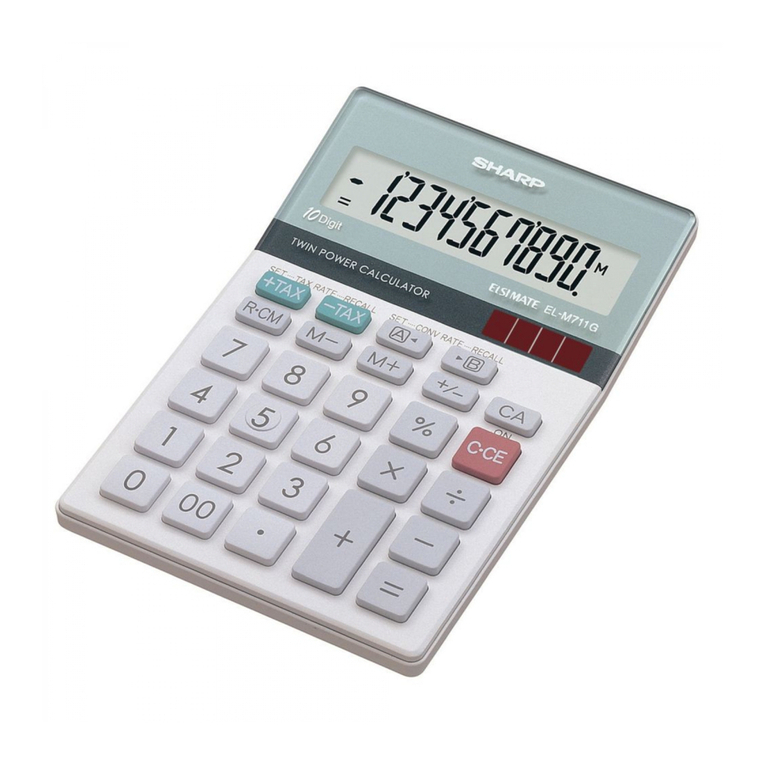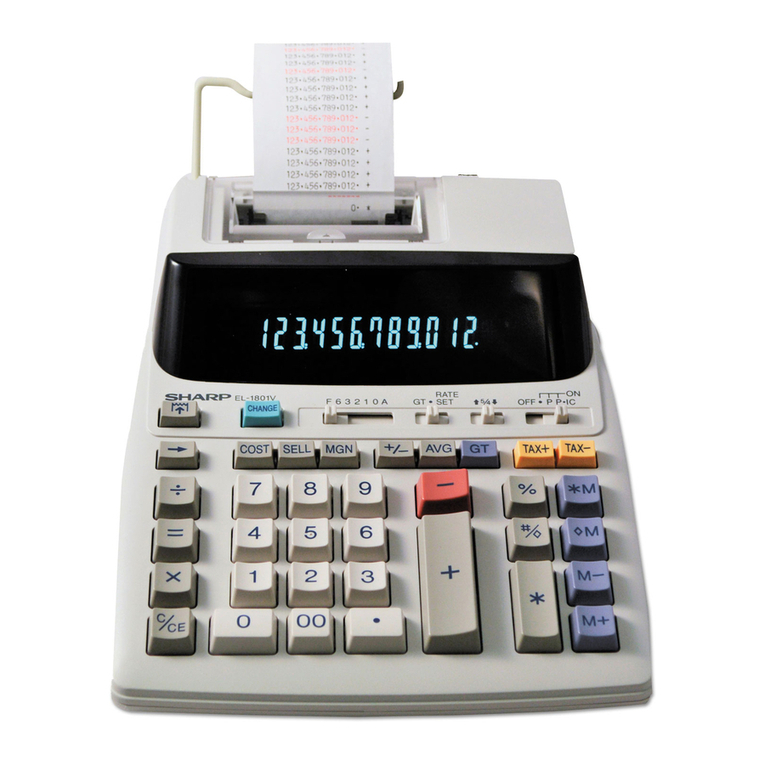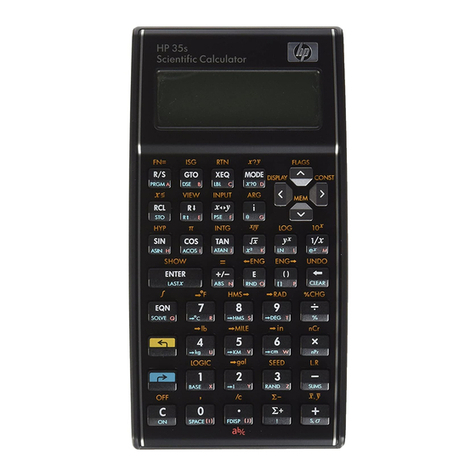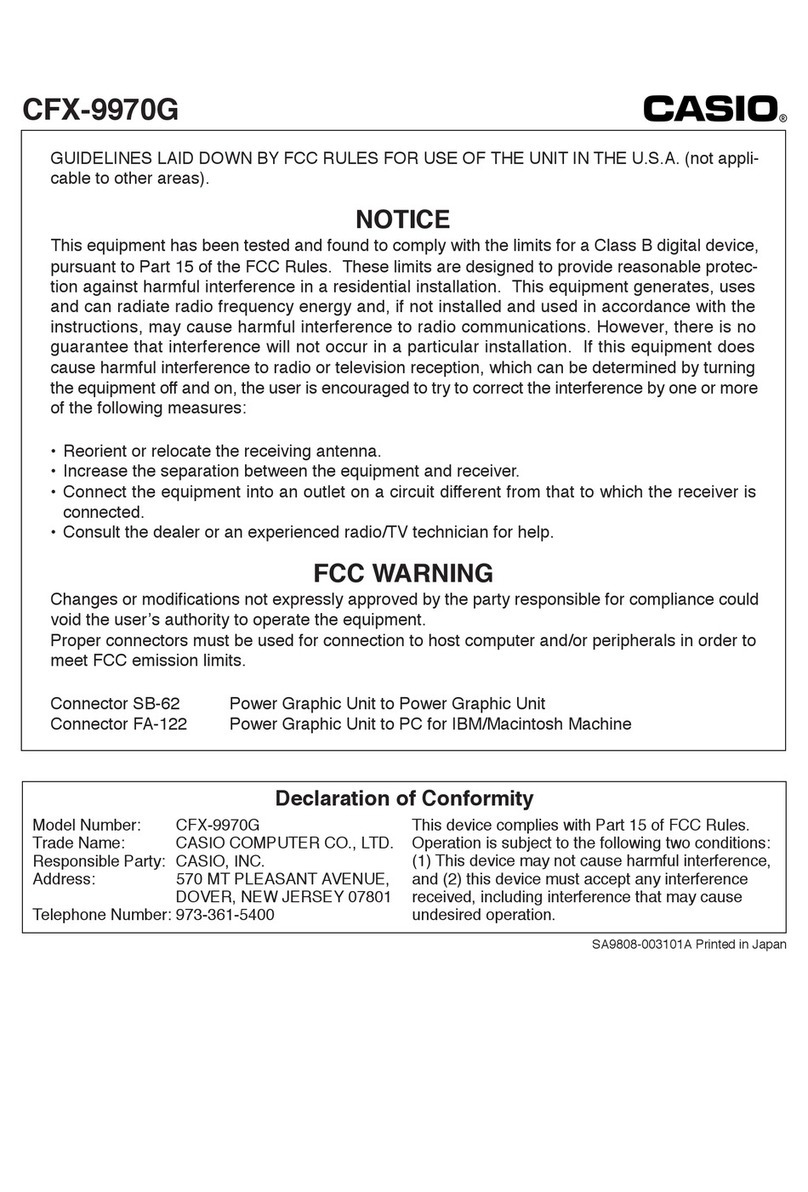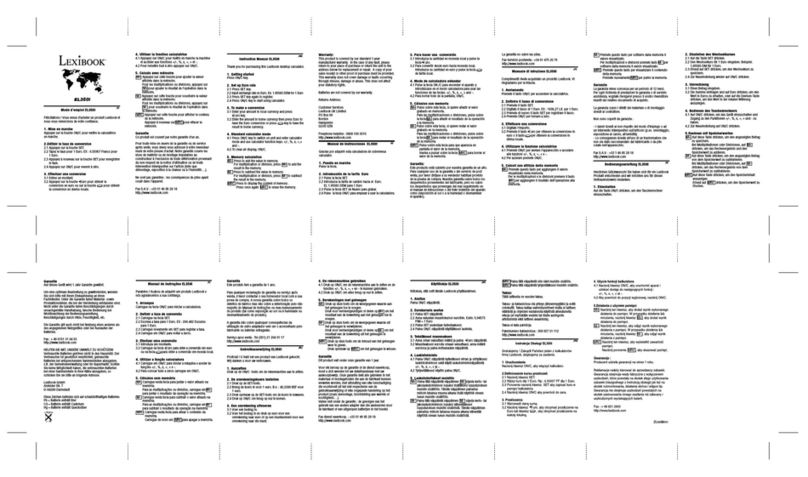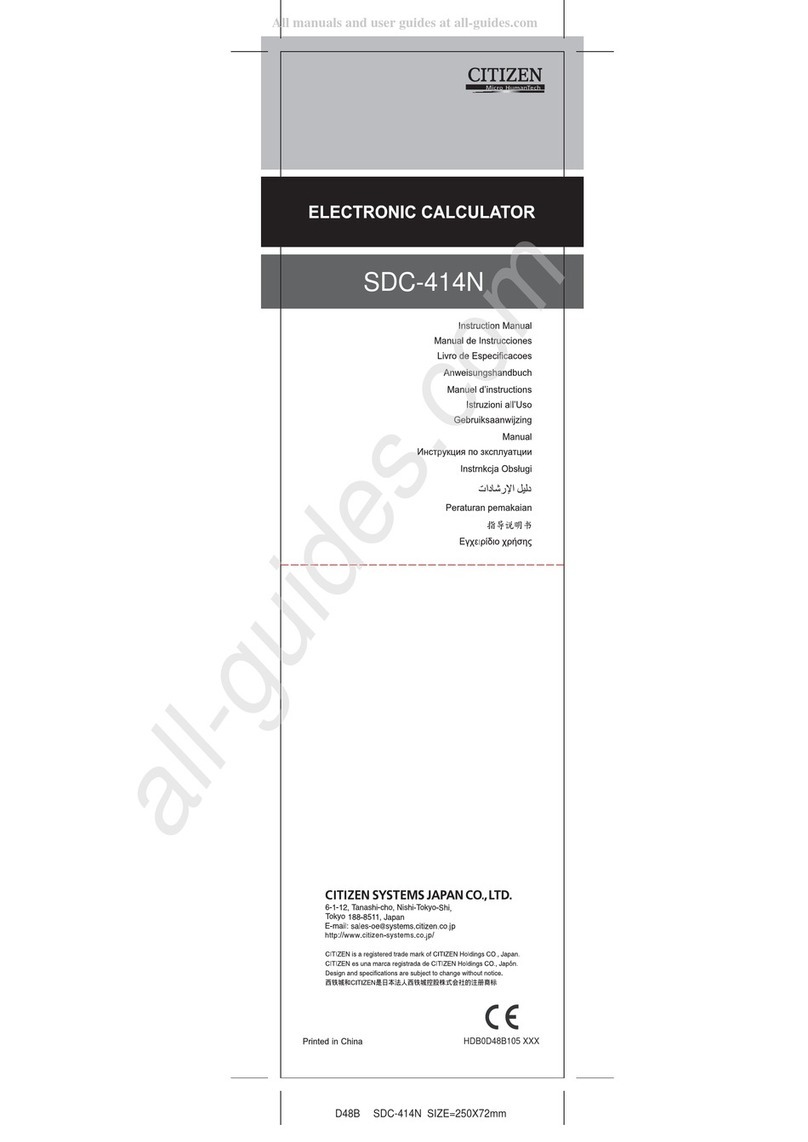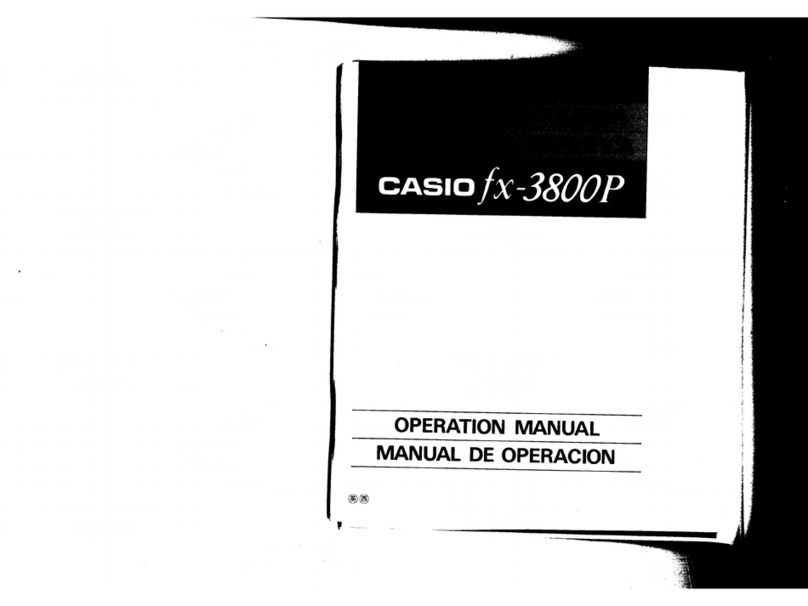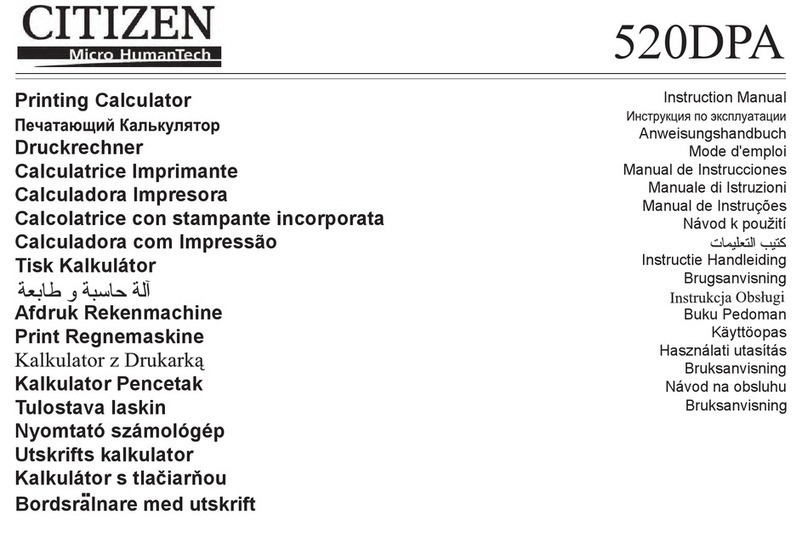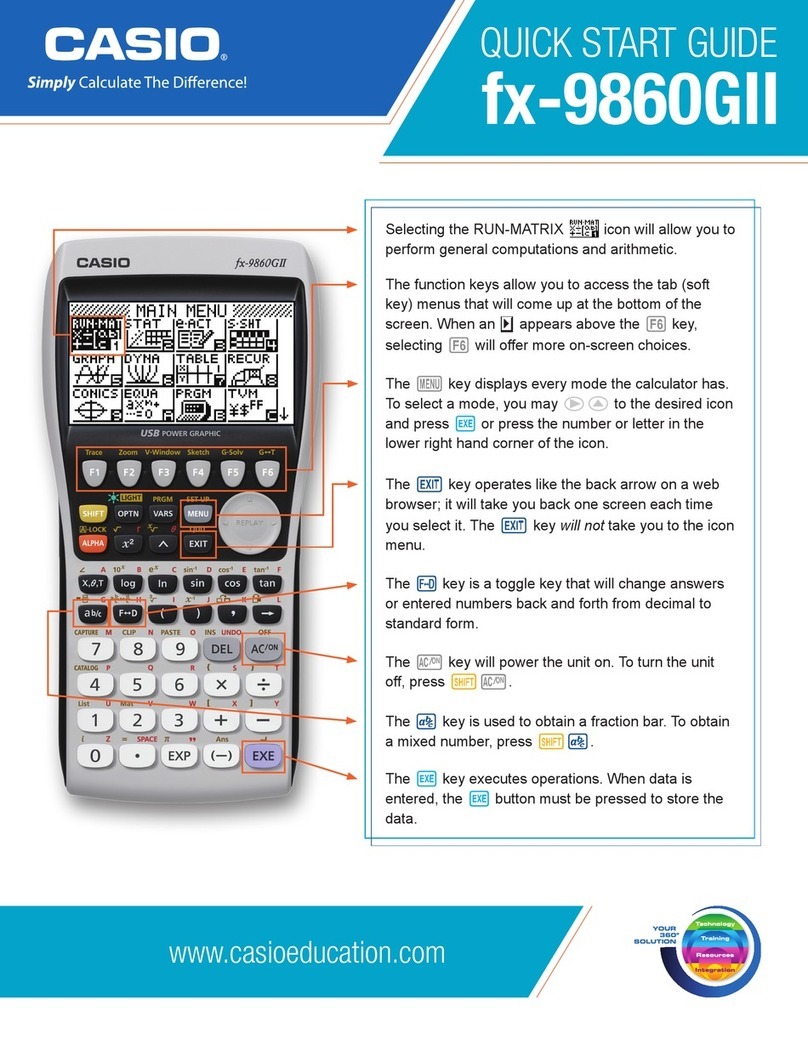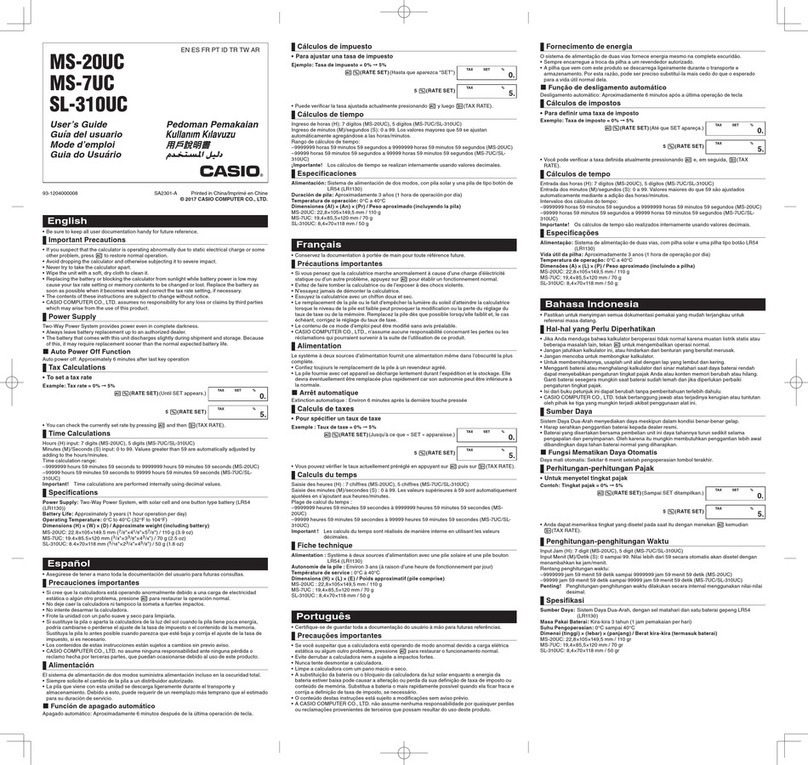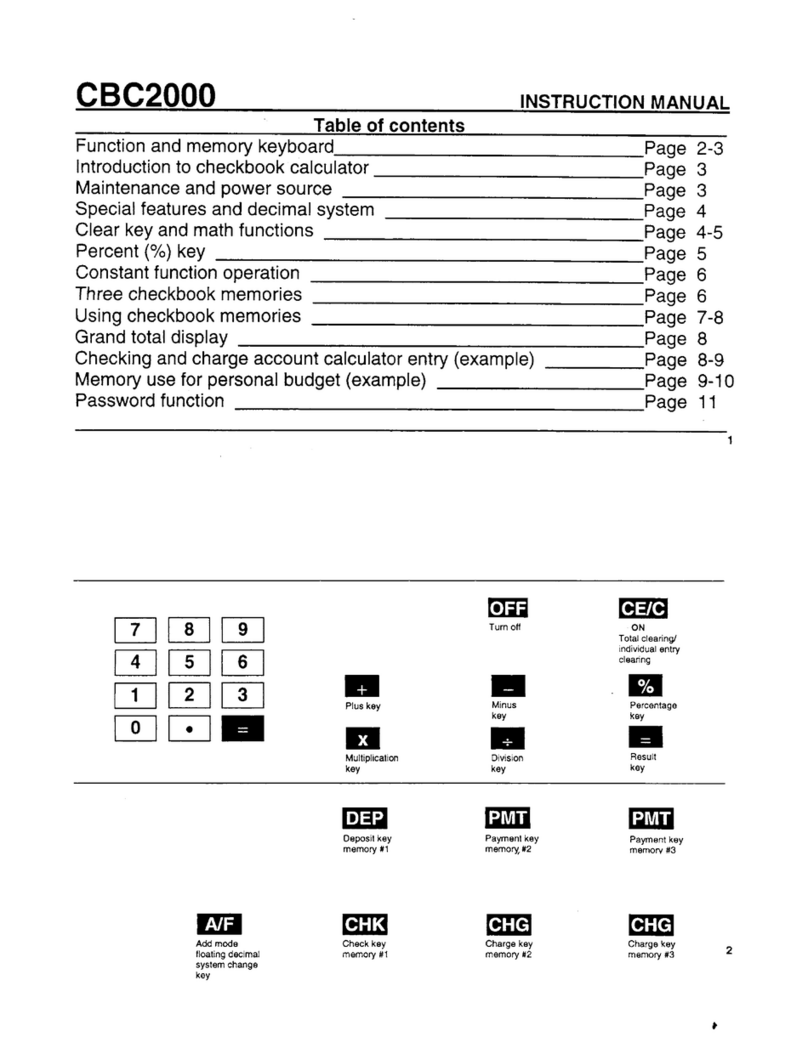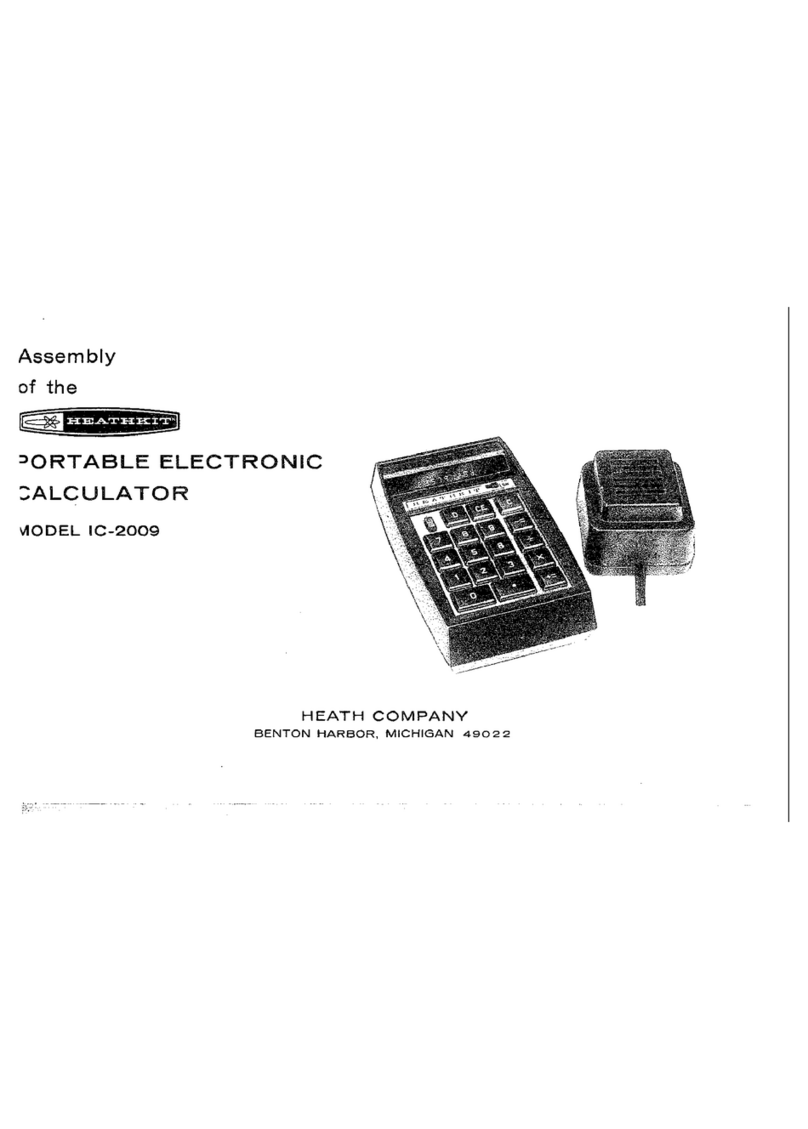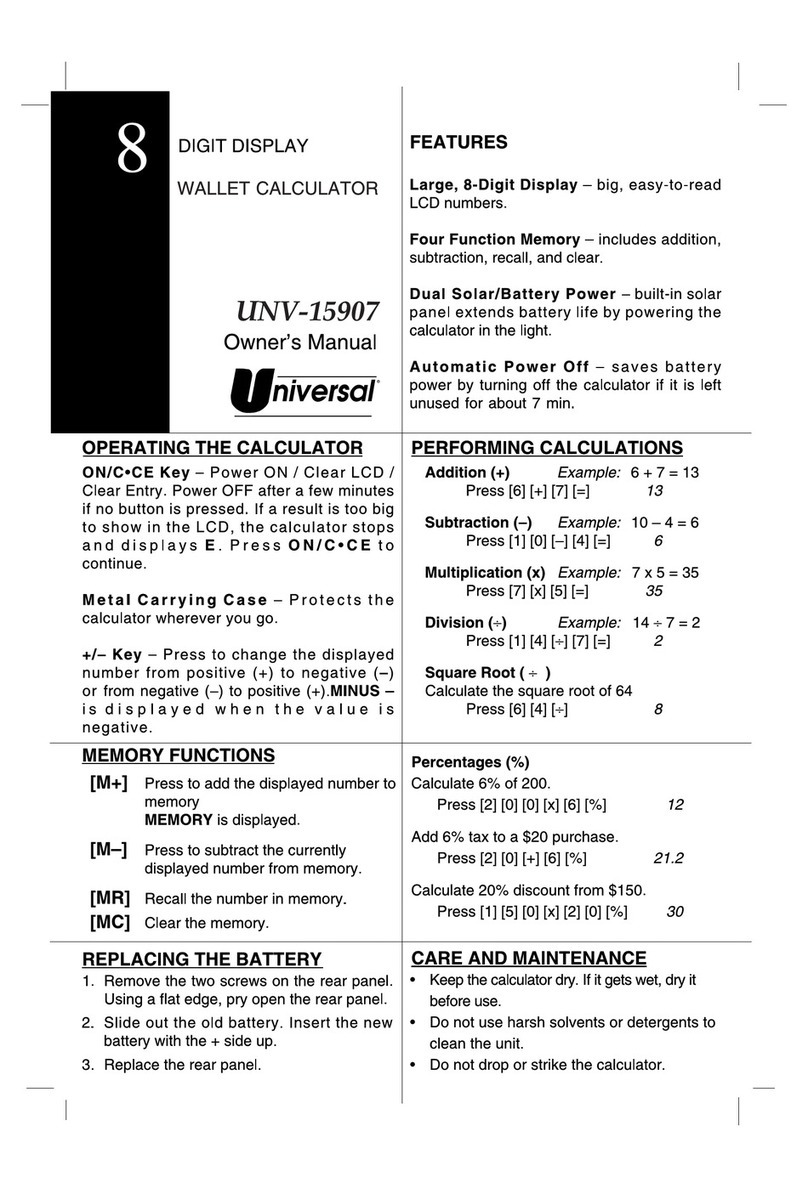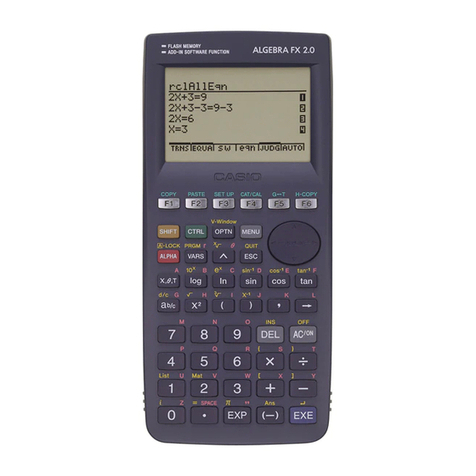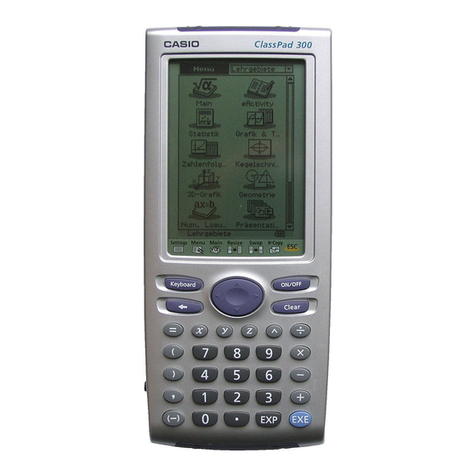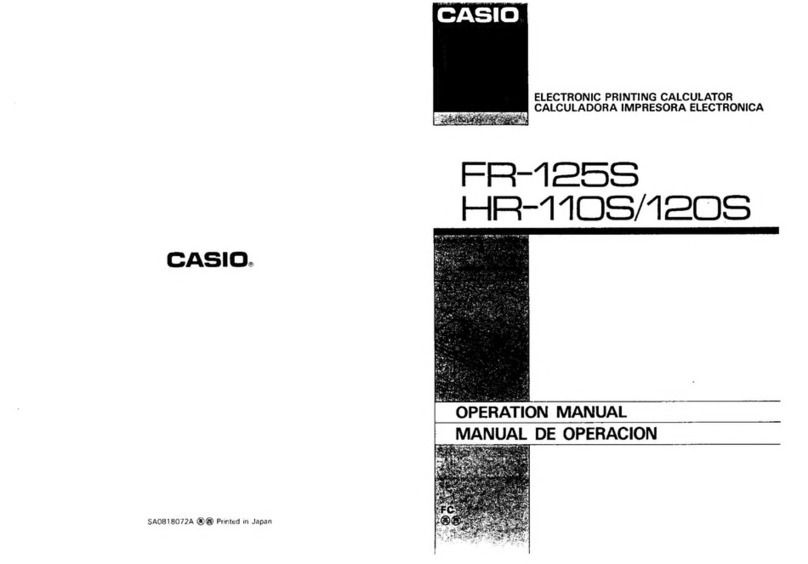5
•
The CPU
I
functions to read key-in data or read the instruction to be executed from the
RAM
,
and decides what
is
to be done for the control of arithmetical operation (i.e. control of
arithmetic sequence, memorizing of arithmetical
data
,
and its readout), or interprete the syntax
of the BASICinstruction for deciding what
is
to be executed, or determines and prepares the
information to be displayed, but the CPU
I
does not perform any execution by
itself
.
It
only
arrangesthe data and information in proper sequence and acts to provideinstruction code to the
CPU II via the buffer. On the other
hand
,
the CPU II constantly receivesexecution instructions
from the CPU
I
via the transfer buffer and executes operation against each of instructions or
sometimes performs to exchange data depending on the
situation
.
Although it sharesmajor part
of execution in term of execution, it performs some kinds of auxiliary CPUwhen looked in the
viewthat it does not perform any decision by
itself
.
Clockstop
Clockstop control
I
Power shut off control
I
Power off
Displayprocessingroutine
Input buffer
Computational result
Error
Arithmetic routine
Character generator
Cassetteroutine
Print routine
Buzzer
Recognition of printer
Key input routine
Acknowledgementof the remaining
program
One instruction to one program step
incorporation
Interpreter:
Programexecute statement
Cassettecontrol statement
Command statement
Printer control
Execution of manual operation
CPU
II
CPUI
TheseCPUsare provided with internal ROM,and each of CPUsshares the followingassignments:
2-1
.
CP
U
I,
CP
U
II
System
configuration
(see
the
system
block
diagram)
System of this unit consists of the followingcomponents:
1)
CPU
I
(SC43157)
x
1
2) CPUII (SC43178)
x
1
3) 4K-bit RAM (TC5514P
x
3)
4) Displaychip (SC43125
x
3, with built-in RAM)
5) 2ANDgate (TC401
l
UBP
x
1)
6) 2AND
20R
(TC4019BP
x
1)
7) Inverter (TC4069BP
x
1)
8) Quard AnalogSwitchMultiplexer(TC4066BP)
9) LCD (24-digit FEMdot LCD)
10) Key
11) Crystal (CSB2560)
8
>
